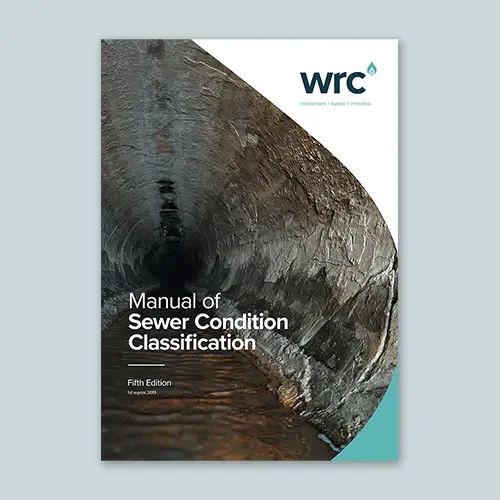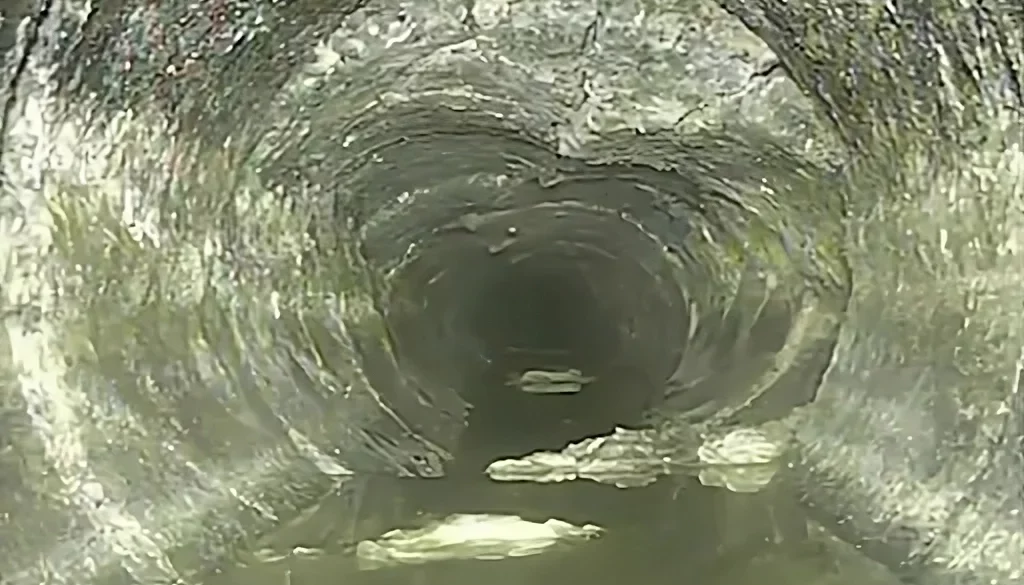Standards for assessing the condition of sewage
Sewer condition assessment is a fundamental aspect of sewer infrastructure maintenance and management. Assessing the condition of sewer infrastructure helps identify defects, potential risks, and prioritize maintenance or repair.
Condition assessment standards help sewer teams find a common, shared language for determining the health of sewer infrastructure.
These standards and the coding schemes associated with them differ from region to region. However, they all share the same goal of translating sewer inspection results into easy-to-understand data to ensure well-informed operation and maintenance decisions.
Commonly used standards
Below are the most commonly used sewer condition evaluation standards:
-
NASSCO (North America)
-
EN13508-2 (Unión Europea)
-
MSCC (United Kingdom)
-
WSAA (Australia)
Although these are some of the most widely used, there are many other sewer condition assessment standards around the world, such as ISYBAU (German) or NZWWA (New Zealand).
Our SEWDEF service works with the 4 most common systems, but if your project requires another evaluation standard, we will quickly adapt to your needs.
NASSCO (North America)
NASSCO is a North American nonprofit trade organization established in 1976. Its purpose is to raise awareness of aging underground infrastructure and provide viable solutions through education, technical resources, and industry advocacy.
NASSCO’s primary goal is to research, train and educate members and non-members on underground utility rehabilitation.
The organization is committed to establishing industry standards for the evaluation, maintenance and rehabilitation of underground pipelines and ensuring the continued acceptance and growth of trenchless technologies.
NASSCO has developed multiple publications covering various topics, including the Practice Manual, Inspector’s Manual, Specification Guidelines, and Trenchless Evaluation Guide for Rehabilitation.
EN13508-2 (European Union)
EN13508-2 is a European standard for the investigation and evaluation of drainage and sewage systems outside buildings. It was introduced in 2006 and is the second and latest version of the assessment standard for drainage and sewage systems in the European Union.
The standard applies from the point where wastewater leaves a building, roof or roadside ravine, to the point where it is discharged.
EN13508-2 specifies a coding system for the description of the internal condition of drains, sewers, manholes and inspection chambers.
The coding system is used to establish the status of drainage and sewer systems through inspection, status coding, and consideration of external factors and other relevant information.
The standard is designed to provide a common, shared language to determine the status of sewer infrastructure and translate the results of sewer inspections into easily understandable data to ensure well-informed operation and maintenance decisions.
MSCC (United Kingdom)
The Sewer Condition Classification Manual (MSCC) is the national standard defect coding system created by the Water Research Center (WRc) and used throughout the UK. It is essential to manage public sewers and lateral drains, as well as to protect investments in underground infrastructure.
Each version of the MSCC aims to improve the previous one, taking into account new technologies and updated evaluation methods. MSCC 5 is the latest version of the WRc and offers significant modifications to codes related to drains, culverts, manholes and inspection chambers.
It also includes new coating observation codes, in accordance with European standards.
WSAA (Australia)
The Water Services Association of Australia (WSAA) is the peak industry body representing the urban water industry in Australia. Its members provide water and sewer services to more than 20 million Australians.
WSAA produces national codes and standards for the urban water industry in Australia.
The latest edition is code WSA05, which was published in 2020. It focuses on assessing the condition of internal pipeline assets such as sewers, sanitary and storm drains.
The code is designed to ensure that inspections are carried out consistently and that results are reported in a standardized format, making it easier to compare the status of different assets.
The importance of staying up to date with the latest versions of standards
It is essential to stay up to date with the latest versions of the sewer condition assessment standards.
As sewer inspection technology continues to evolve, condition assessments change, resulting in versions that take into account new inspection methods.
By staying up to date with the latest versions of standards, sewer teams ensure they are using the most up-to-date guidelines and codes to identify and categorize sewer defects.
It is also important to note that different regions may have different versions of the same standard or completely different standards.

SEWDEF and evaluation standards
SEWDEF uses the most commonly used sewer condition assessment standards. In this post we talk about the NASSCO certification and how INLOC Robotics is a NASSCO member.
Our SEWDEF service is an automatic defect detection system in sewer networks based on artificial intelligence and computer vision. Analyzes sewer network videos for defects and displays information on sewer system conditions and performance.
To learn more about the SEWDEF system:
Do all standards share the same objective?
All of these standards share the same goal of translating sewer inspection results into easily understandable data to ensure well-informed O&M decisions.
For example, the WRc manual is a widely used standard in the United Kingdom for the assessment of sewer condition. It classifies culverts into three categories (A, B, and C) based on critical issues such as culvert size and traffic flow.
In the United States, NASSCO developed a set of coding standards based on the WRc system, which have become the industry standard for coding pipe defects.
Evolutionary Nature of Condition Assessments
The evolutionary nature of condition assessments refers to how assessments change and develop over time, adapting to new methodologies, approaches, and needs.
Some of the ways that sewer condition assessments have evolved due to advances in inspection technology are visual and infrared cameras, sonar/ultrasonic techniques, vision-based defect inspection, multi-sensor inspection technologies, inspection frames, Automated condition assessment or visual inspection coding system.
Some relevant aspects about the evolutionary nature of condition evaluations are:
It involves the search for new approaches and methodologies to improve evaluation processes.
Condition evaluations must take into account various aspects, such as the nature of the investigation, the resources available, the aspects to be evaluated and the type of information that exists and is accessible.
Developmental assessments recognize that reality is dynamic and requires guidance on how to proceed and what to decide.
In summary, advances in inspection technology have led to the development of new and more accurate methods for evaluating the condition of sewer pipes. These advances have allowed for more detailed inspections, more accurate evaluations, and more informed decisions about repairs and maintenance.
Conclusion
These standards and the coding schemes associated with them can differ from region to region, and many inspection standards exist around the world, some of which may be used only in a specific system or city, while others are used throughout the world. the state and the country.
Assessment standards play a crucial role in helping sewer teams determine the health of sewer infrastructure. These standards provide a common language and framework for evaluating sewer conditions, which assists in making informed decisions and maintenance strategies.
We hope this article has been useful to you. If you have an engineering project in hand and you think we can help you, here is the link where you can contact us and explain more about it.

